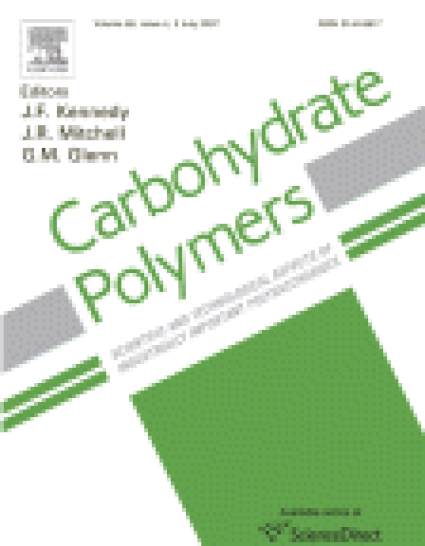
A very preliminary approach for grossly tuning the antibacterial activity of cellulosic fibers has been developed and its preliminary findings are described herein. The approach is universal for cellulosic-based substrates and first involves a physico-chemical adsorption phenomenon between fatty acid methyl esters (FAMEs) and cellulose. The cellulose biomaterials were in the form of disks 2 cm in diameter that were subjected to standard agar growth plates containing a gamut of gram positive and gram negative bacteria. Zones of inhibition were measured around the biomaterials which displayed a broad spectrum of antibacterial activity. This activity could be tuned simply by grossly changing the surface area of the cellulosic surface topology as indicated by the surface fibrillation of the microfibrils and hence the bioactive availability of the fatty acids. Thus, the potential application of these materials in the biomedical field appears promising.
Available at: http://works.bepress.com/greg_hampikian/11/
